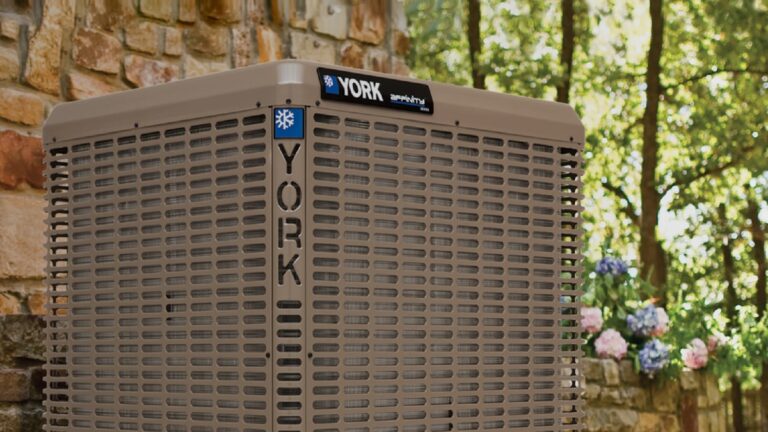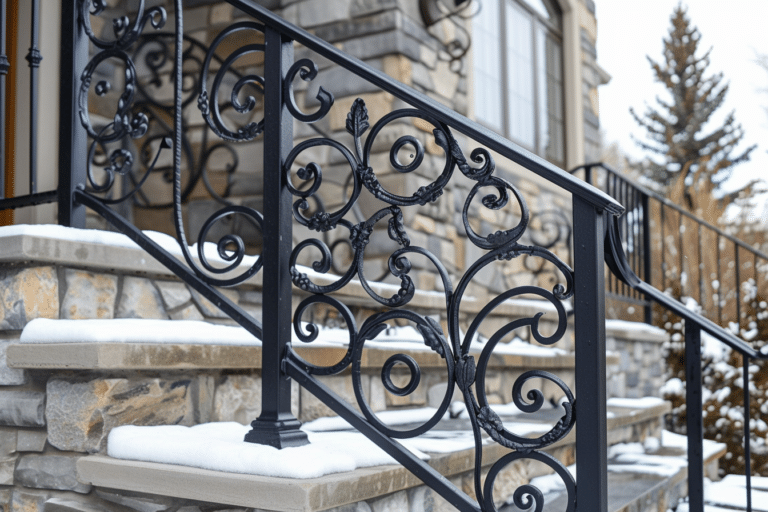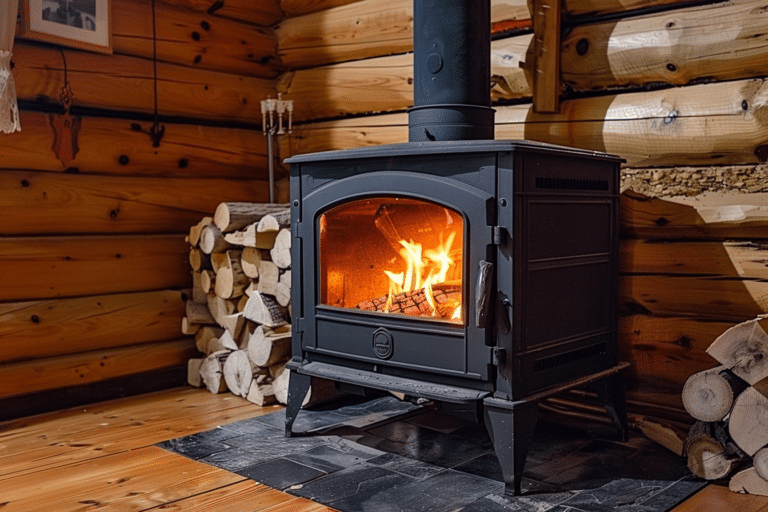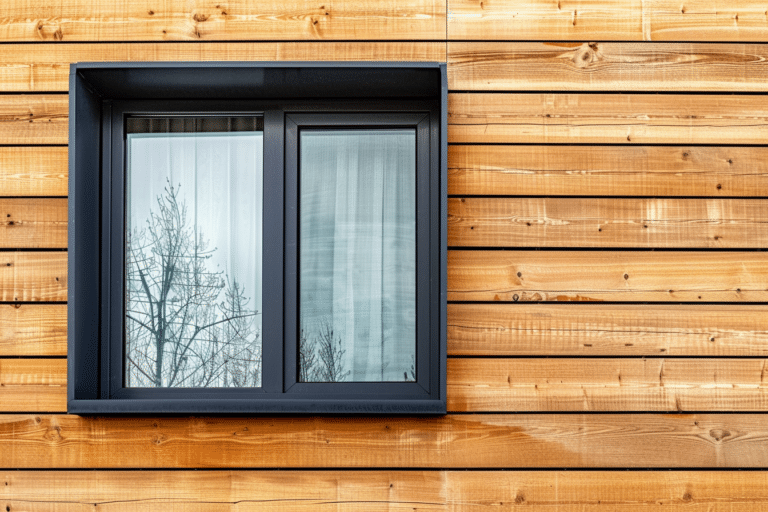Key Takeaways
| Topic | Summary |
|---|---|
| Cost Per Square Foot Installed | $0.30 – $2.00 |
| Average Cost to Install in Attic | $350 – $2,700 |
| Installation Factors | Material, labor, type of foil, and brand affect cost |
| DIY Options | DIY spraying costs include equipment and materials from $100 – $600 for a sprayer |
| Potential Savings | May save 5% – 10%+ on energy bills |
Radiant Barrier Cost
Radiant barriers are an effective way to reduce heat gain in homes, particularly in warm climates. The installation cost for radiant barriers can vary significantly based on factors such as the type of material used, installation method, and geographic location.
Radiant Barrier Costs
| Square Feet | Total Cost to Install |
|---|---|
| 500 | $150 – $1,000 |
| 700 | $210 – $1,400 |
| 1,000 | $300 – $2,000 |
| 1,200 | $360 – $2,400 |
| 1,500 | $450 – $3,000 |
| 2,000 | $600 – $4,000 |
Average Attic Radiant Barrier Cost
The average cost to install a radiant barrier in an attic can be broken down as follows:
| Item | Cost |
|---|---|
| National Average Cost | $1,600 |
| Minimum Cost | $200 |
| Maximum Cost | $5,000 |
| Average Cost Range | $350 to $2,700 |
Radiant Barrier Installation Cost
The cost of installing a radiant barrier includes both materials and labor. Generally, the installation costs per square foot vary based on the quality of the materials and the complexity of the installation.
| Factor | Average Cost Per Square Foot |
|---|---|
| Materials | $0.10 – $0.60 |
| Installation Labor | $0.20 – $1.40 |
| Total Cost to Install | $0.30 – $2.00 |
One-Sided vs. Two-Sided Foil Insulation Prices
The price of foil insulation differs if it is one-sided or two-sided:
| Foil Type | Price Per Square Foot* |
|---|---|
| One-Sided Foil | $0.10 – $0.30 |
| Two-Sided Foil | $0.15 – $1.10 |
Price of Radiant Barrier by Brand
Various brands offer different types of radiant barriers, each with its own price range.
| Brand | Price Range Per Square Foot* | Type |
|---|---|---|
| ARMA FOIL | $0.15 – $0.25 | Radiant Barrier |
| Attic Foil | $0.20 – $0.30 | Radiant Barrier |
| Fi-Foil Silver Shield/Radiant Shield | $0.30 – $0.40 | Radiant Barrier |
| Radiant GUARD | $0.15 – $0.20 | Radiant Barrier |
| US Energy Products | $0.10 – $0.60 | Radiant Barrier |
| eShield | $1.10 – $1.60 | Reflective Insulation |
| Solar Eclipse | $1.10 – $1.20 | Reflective Insulation |
eShield Radiant Barrier Cost
eShield is one of the higher-end options for radiant barriers, with costs ranging from $1.10 to $1.60 per square foot due to its reflective insulation properties.
Radiant Barrier vs. Reflective Insulation Cost
The cost for radiant barriers compared to reflective insulation shows a substantial difference, mainly in materials and installation.
| Type | Material Price Per Square Foot | Total Cost Installed Per Square Foot |
|---|---|---|
| Radiant Barrier | $0.10 – $0.60 | $0.30 – $2.00 |
| Reflective Insulation | $0.30 – $0.80 | $0.50 – $2.20 |
Radiant Barrier Cost Savings
Investing in a radiant barrier can result in significant cost savings by reducing energy consumption:
- Potential savings of 5% – 10%+ on energy bills
- Reduced strain on cooling systems, leading to increased lifespan of HVAC units
DIY Radiant Barrier Spray Cost
For those considering a DIY installation, using a spray-on radiant barrier can be a cost-effective option. Below are the average prices for necessary materials and equipment:
| Item | Average Price |
|---|---|
| Airless Paint Sprayer | $100 – $600 |
| Coveralls | $10 – $20 |
| Disposable Shoe Booties | $4 – $10 |
| Drop Cloths | $5 – $30 |
| Extension Cord | $10 – $40 |
| Gloves | $2 – $8 |
| Goggles | $5 – $30 |
| Hand Drill | $25 – $80 |
| Mixer | $5 – $30 |
| Plywood Pieces | $8 – $30 |
| Respirator | $15 – $50 |
| Spray Tip | $25 – $40 |
How Much Radiant Barrier Do I Need?
Determining the amount of radiant barrier material you need depends on the size and layout of your attic or the area you wish to insulate. Generally, it’s best to measure the square footage of the area and add a little extra to account for any mistakes or adjustments.
Radiant Barrier FAQs
What Is a Radiant Barrier, and Does It Work?
A radiant barrier is a material that reflects radiant heat rather than absorbing it, significantly reducing heat transfer and improving energy efficiency in homes. It is installed in the attic, roof, or walls to curb heat gain during hotter months.
Is a Radiant Barrier Worth It?
Evaluating the pros and cons can help determine if a radiant barrier is a good investment for your home:
| Pros | Cons |
|---|---|
| May save 5% – 10%+ on energy bills | Dust buildup may reduce its efficiency |
| Does not support bacteria/mold growth | Does not block heat conduction/convection |
| Does not break down with moisture/time | Should be combined with other insulation |
| Non-toxic | Not as effective in cold climates |
How Much Energy Does a Radiant Barrier Save?
A radiant barrier can save homeowners between 5% to 10% or more on their energy bills by reducing the load on cooling systems during hot weather.
Can You Put a Radiant Barrier Over Insulation?
Yes, it is possible to install a radiant barrier over existing insulation to further enhance the thermal efficiency of your home.
Can You Put a Radiant Barrier Under Shingles?
Installing a radiant barrier under shingles is generally not recommended due to potential moisture buildup, which can affect both the shingles and the barrier’s performance.
Does a Radiant Barrier Qualify for a Tax Credit?
Some energy-saving home improvements, including the installation of radiant barriers, may qualify for federal or state tax credits. It’s advisable to consult with a tax professional to understand potential credits and deductions.
Tips for Hiring Radiant Barrier Insulation Installers
If you decide to hire a professional to install your radiant barrier, consider these tips:
Questions to Ask Contractors
- Experience and Credentials: Ask about their experience and qualifications in installing radiant barriers.
- Project Estimate: Request a detailed written estimate, including labor, materials, and any additional costs.
- References: Request references from previous clients to evaluate their quality of work.
- Warranty: Ensure the contractor offers a warranty on both materials and labor.
Following these guidelines can help ensure you receive quality installation and maximize the efficiency benefits of your radiant barrier.







